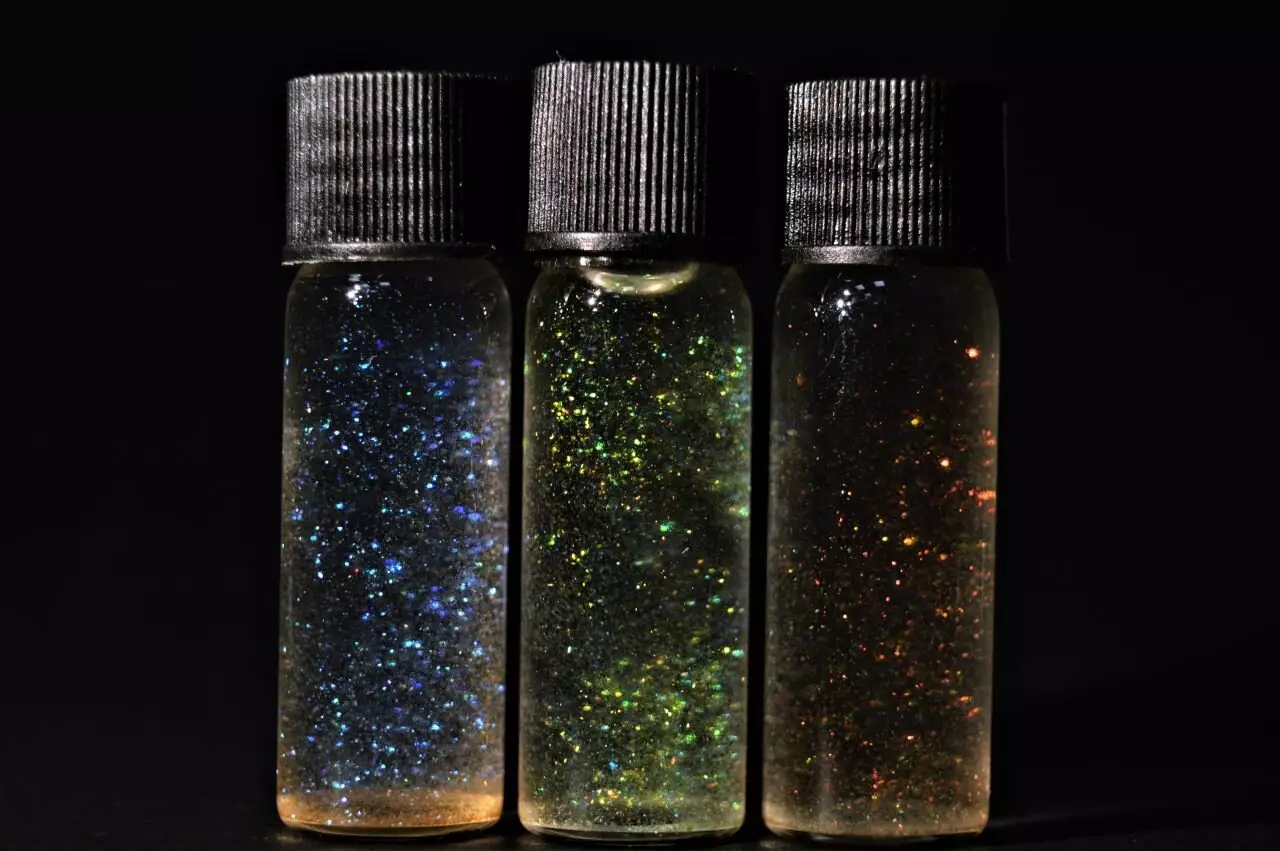Plastic pollution has become a ubiquitous crisis that threatens ecosystems worldwide. The staggering statistic of over 368 million metric tons of plastic produced annually serves as a stark reminder of our reliance on this material. Alarmingly, more than 13 million metric tons find their way into the soil every year, releasing toxins that pose significant risks to wildlife and the environment. Although much research has focused on the effects of plastics in oceans, the impact of microplastics on terrestrial species has often been overlooked, despite evidence suggesting that plastic waste entering land is four times greater than that which enters the seas. This oversight underscores an urgent need for comprehensive studies that include both aquatic and terrestrial ecosystems.
One particularly concerning aspect of plastic pollution is the emergence of microplastics—small plastic particles less than 5 mm in diameter. These miniature pollutants originate from various sources, including the breakdown of larger plastic items such as water bottles and cosmetic products containing glitter. The ingestion of microplastics by wildlife is particularly alarming, as animals often mistake these particles for food, leading to severe health complications including malnutrition and internal injuries. Most studies highlighting these dangers have predominantly explored marine life, thereby leaving a significant research gap regarding land-dwelling organisms.
Glitter represents a vivid example of microplastics infiltrating everyday life. Commonly found in cosmetics, clothing, and arts and crafts, traditional glitter is primarily composed of polyethylene terephthalate (PET), the same plastic used for beverage containers. Additionally, conventional glitter often contains metal additives for sparkle enhancement, complicating its environmental footprint. A recent study conducted in New South Wales revealed that a stunning 24% of the microplastics present in sewage sludge were glitter particles. As glitter is notoriously persistent in the environment, discussions around banning its use have been mounting.
In 2023, the European Union took a significant step by banning loose plastic glitter and microbeads, aiming to reduce microplastic pollution by 30% by 2030. However, other regions, including Australia, have yet to adopt similar measures, highlighting regional disparities in addressing this environmental threat.
As society grapples with the problem of plastic waste, researchers are looking for sustainable alternatives to common microplastic sources. Although biodegradable glitter options exist, studies indicate they may not be environmentally benign. Many biodegradable glitter products still require a plastic or metallic coating, perpetuating the very concerns they intend to mitigate.
In a significant stride towards sustainability, researchers from the University of Cambridge have developed a new glitter made from nanocrystals derived from cellulose—a natural polymer that has intrinsic biodegradable properties. Unlike traditional glitter, this cellulose-based alternative offers a means to retain the visual appeal while minimizing environmental impact.
To evaluate the toxicity of the new cellulose-based glitter compared to its traditional counterpart, the research team conducted experiments using springtails (Folsomia candida), small soil-dwelling invertebrates that serve as robust indicators of soil health. Utilizing soil samples from the University of Melbourne, they exposed the springtails to various concentrations of both standard and cellulose glitter, scrutinizing their reproduction, survival, and growth patterns.
Remarkably, the study revealed that while conventional glitter adversely affected springtail reproduction at concentrations typical of contaminated soils, the cellulose alternative showed no negative impact. This finding provides crucial evidence that conventional glitter can impair essential soil dwelling organisms, potentially leading to larger ecological consequences such as decreased nutrient availability for plants.
The implications of these findings suggest a vital need for consumers to reconsider their use of traditional glitter, particularly in cosmetics and crafts. While the sparkle of glitter can be alluring, the potential harm it poses to soil ecosystems is an undeniable concern. Adopting alternatives that prioritize sustainability, like cellulose-based glitter, heralds a promising avenue for reducing plastic pollution while still allowing for creative expression.
As researchers continue to innovate sustainable solutions, there is hope that consumers will soon have access to sparkling alternatives that do not contribute to the ongoing environmental crisis. Collectively, we must take conscious action to safeguard our ecosystems from the growing threat of plastic pollution, starting from the smallest particles to the most vibrant embellishments.


Leave a Reply